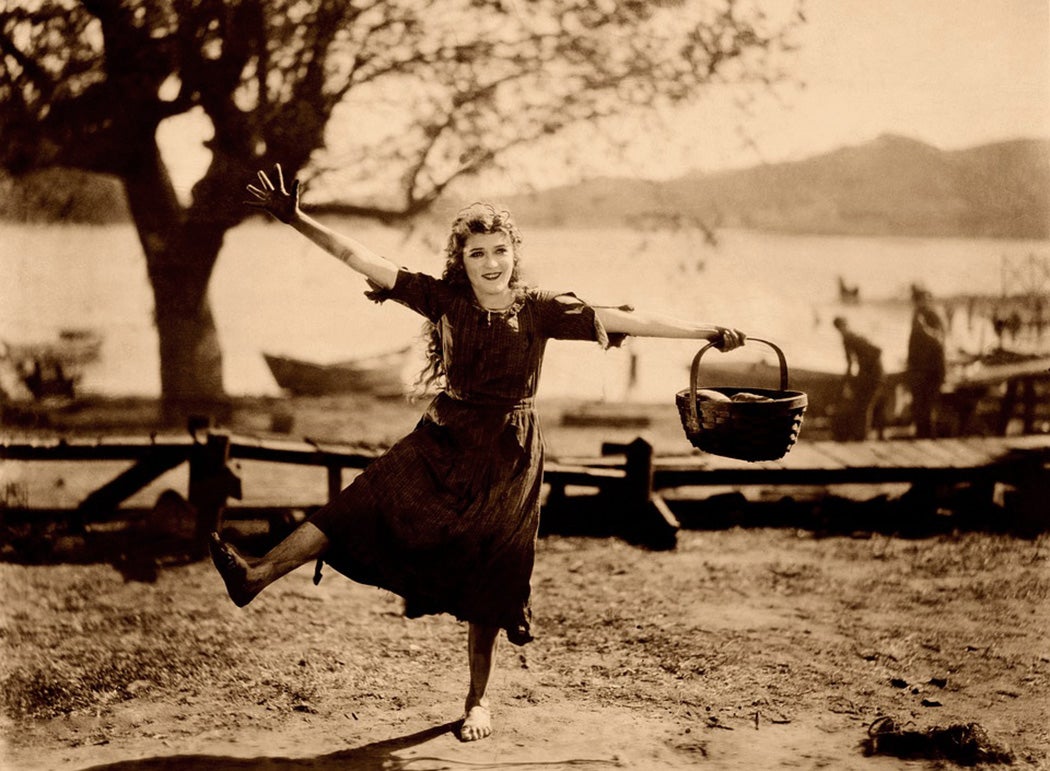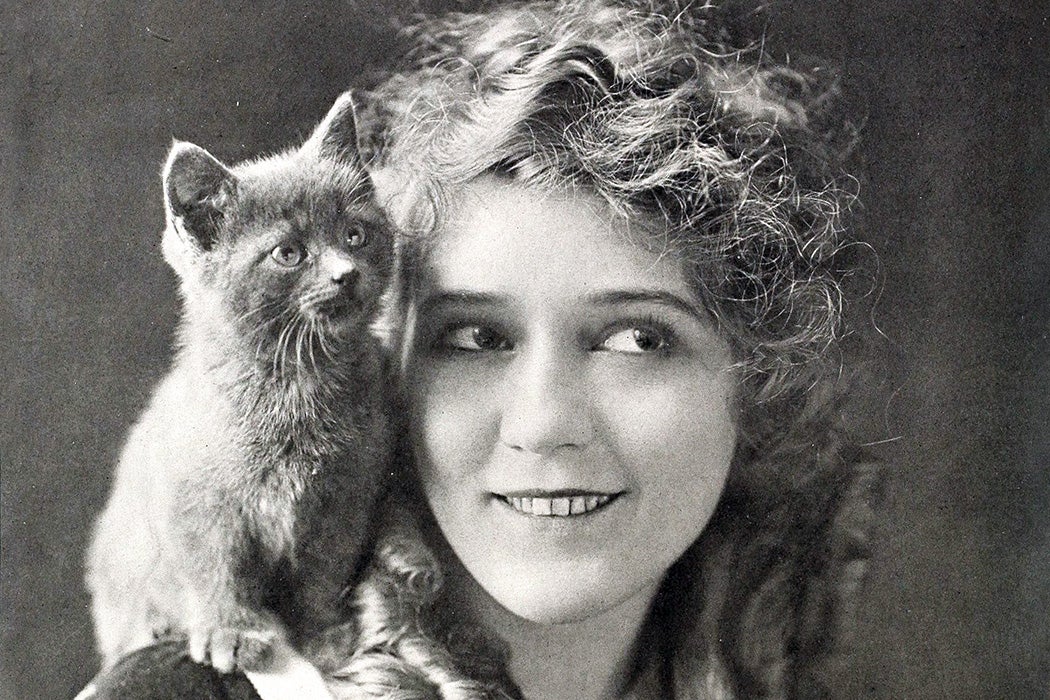Mary Pickford knew how to negotiate. When the 17-year-old actress auditioned for what would be her first film work, director D.W. Griffith offered her $5 a day, whenever he needed her for a scene. That wasn’t good enough for Mary. According to the film critic Richard Corliss, she asked for five times that amount. “I am an actress and an artist, and I must have a guarantee of $25 a week and extra when I work extra,” she insisted.
Pickford didn’t land that much money on her first day, but she did get hired. And $25 soon would be a pittance for her. By 1916, her contract guaranteed 50% of all film profits and $10,000 a week—roughly a quarter of a million in today’s dollars. Pickford would rule Hollywood for decades as “America’s Sweetheart,” the baby-faced ingenue famous for playing charming teens and children, even as the actress herself entered middle age.
These characters might seem at odds with the real Pickford, a sharp businesswoman who, behind the scenes, always knew to ask for more money and co-founded United Artists before she turned 30. Pickford’s onscreen creations shared her pluckiness and determination. Like Pickford, they understood how the world worked and, like her, they usually learned this from tough circumstances.
Before she became Mary Pickford, she was Gladys Smith, the oldest child of working class Ontarians John and Charlotte Smith. John deserted the family, then died when Gladys was barely six years old, leaving the Smiths in a dire financial situation. To support the family, Gladys and her siblings Lottie and Jack entered show business, appearing in bit parts in a variety of stage productions, first in their native Canada and later in the United States. In 1907, Gladys landed her first Broadway role, and, at the insistence of a producer, changed her name to Mary Pickford.

The audition with Griffith took place two years later. Although Pickford played a variety of characters across multiples film genres, she became best known for roles as little girls. Scraping five feet in height, Pickford could easily play much younger than she was, especially with her trademark ringlets. As Corliss writes, she “wore flats, trussed her chest, [and] stood in trenches or amid oversize sets,” to further the cinematic illusion. “Pickford would never be The Woman, so she made herself The Girl,” he concludes.
Through these characters, Pickford got to act out a childhood she never had and search for the father she lost. Her characters are frequently orphans looking for a paternal figure; often, the paternal figure ends up being a (chaste) romantic figure for Pickford’s heroine. The girls are coded as poor or working class in many films, or they straddle class lines. In Stella Maris, for instance, Pickford plays dual roles as both a mistreated and destitute orphan and a sheltered girl with rich guardians.

Multiple roles were familiar for Pickford, who took on extra work behind the camera. She contributed writing to and produced several of her own movies, before creating the legendary United Artists studio (along with Griffith, Charlie Chaplin, and her soon-to-be husband Douglas Fairbanks). The independent production company was meant to empower actors, giving them more creative control over their films—and a greater share of the profits. The four founders officially launched UA in 1919. In press footage of the announcement, Pickford was the first one to sign the contract.
Long after Pickford retired from acting, in 1933, she retained a sizable stake in United Artists. According to LIFE, she owned 50% of the company in 1947, split with Chaplin after Fairbanks’ death and Griffith’s departure. But that wasn’t the extent of her portfolio. She was also president of two smaller indie outfits, Triangle and Comet Productions, and presided over Hollywood society through the parties hosted at her lavish home, Pickfair. (She originally shared the estate with Fairbanks, but, after their divorce in 1935, she retained the residence.) Guests included Clark Gable, Joan Crawford, the Duke and Duchess of Windsor, and Albert Einstein.
Weekly Newsletter
Pickford became more of a recluse in her old age, withdrawing from the industry and expressing reluctance to share many of her films with the world (ever the negotiator, she retained the rights). “It would be unfair to the woman I was,” she said in the 1950s. “Why should I try to compete with… the beauties of today?” Yet if there was any doubt about her enduring title as “Queen of the Movies,” it was squashed during the 1976 Oscars. Pickford received an honorary award—her second statuette, after her Best Actress win in 1930, for Coquette. Rather than attend the ceremony to collect her gold, she made the Oscars come to her.







